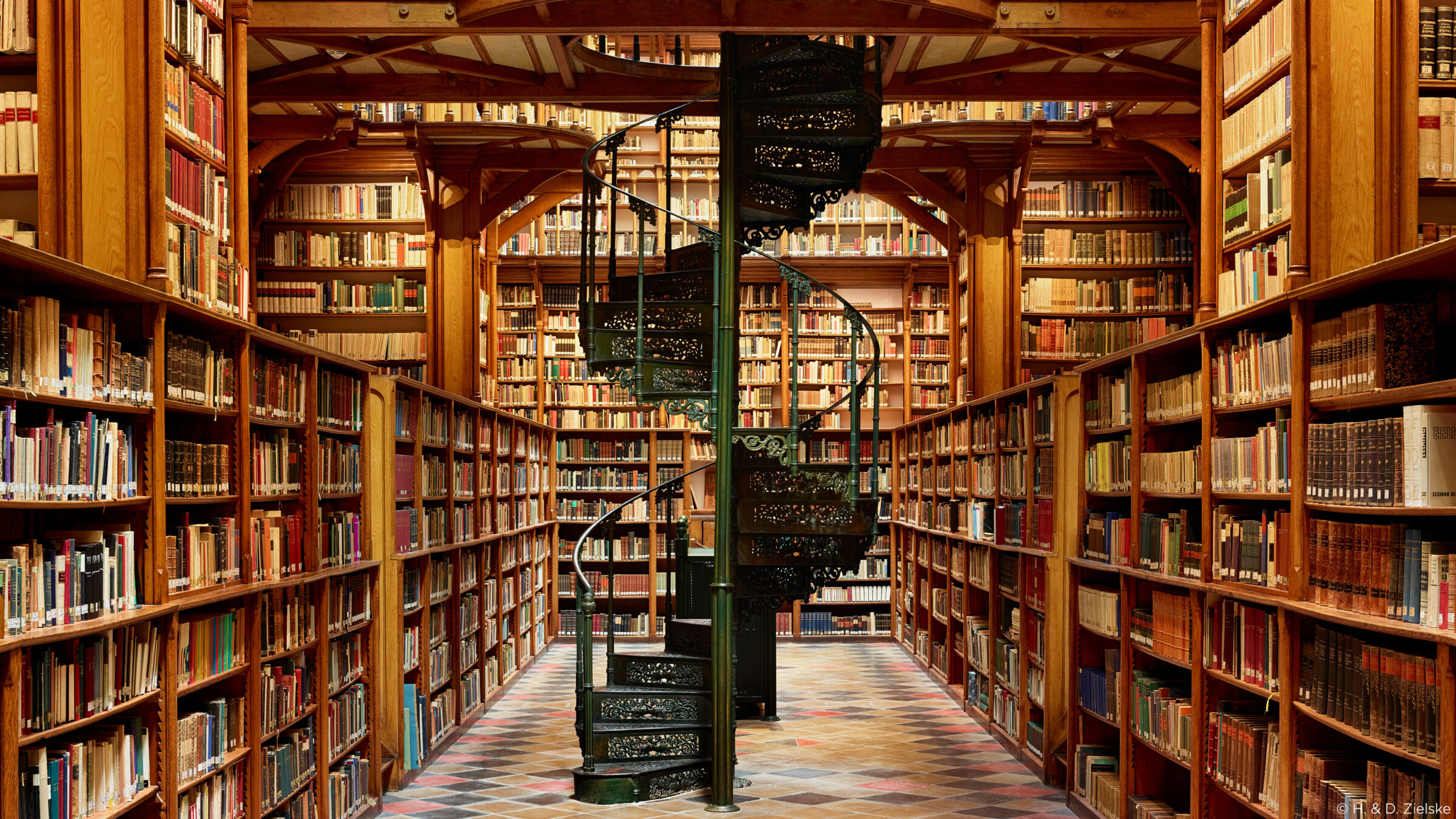With his father also being a professional photographer, photography has always been an integral part of Daniel’s life. He became familiar with the world of photography early on as he used to accompany his father to photo shoots and loved to browse through the images in his extensive library of photo books. From travel photography to cityscapes, from architecture to fine art, Daniel’s photography, usually characterized by the use of central perspective, presents itself in an objective and minimalist documentary style. His images want to spark imagination and invite the viewer to contemplate.
“I can appreciate fleeting beauty and the intrinsic value of a moment. Being able to capture what I see and experience in photography makes me feel incredibly lucky and very privileged.”
This project started with Daniel and his father photographing libraries and museums all across Germany. The images were published in the photo book “Tempel der Kunst, Kathedralen des Wissens”. This collection of photographs inspired the idea of creating a project specifically dedicated to libraries.
Phase One had the opportunity to ask Daniel a few questions on the project:
What message do the images convey? What is the creative vision behind the photo series?
“Especially in today’s fast-paced digital age, where we spend more and more time in front of our computer screens and smartphones, making libraries a subject of my photography felt particularly important. We are always trying to keep up with the growing flood of information and experience sensory overload day by day. Everything around us demands our constant attention, from television to advertising to endless social media posts. To me, libraries are cathedrals of knowledge, unique places, a haven of tranquility. They are full of magic. Whenever I enter a library, a feeling of awe and majesty surrounds me. It’s like going back in time, everything proceeds at a different pace. As a counterbalance to our modern digital media with always new and constantly changing images, I wanted to really focus on every single image for the book project and the planned exhibition. The viewer should be able to really immerse himself in the photographs. Ideally, the composition should make you consciously pause for a moment to literally lose yourself in the rich details of the images.”
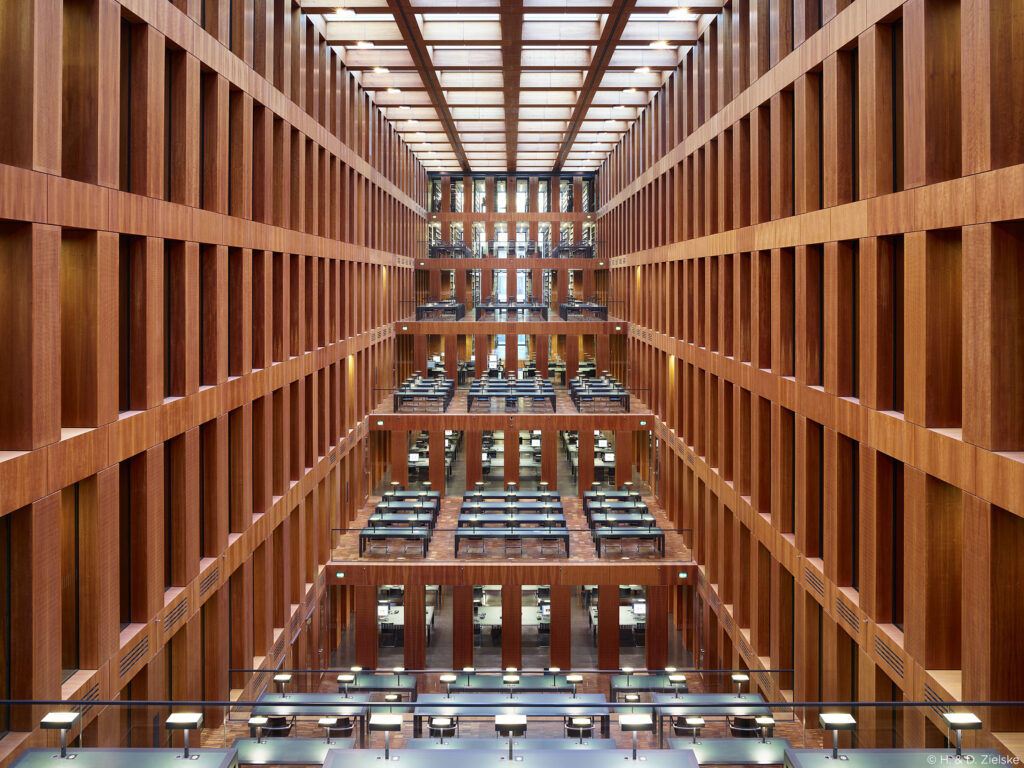
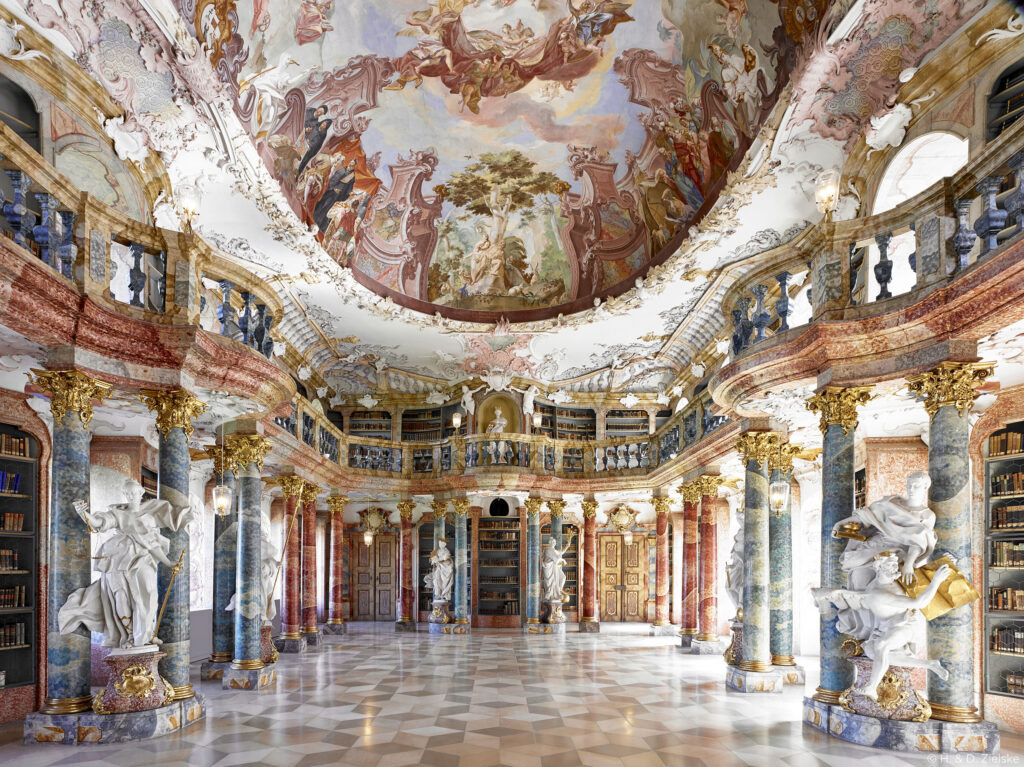
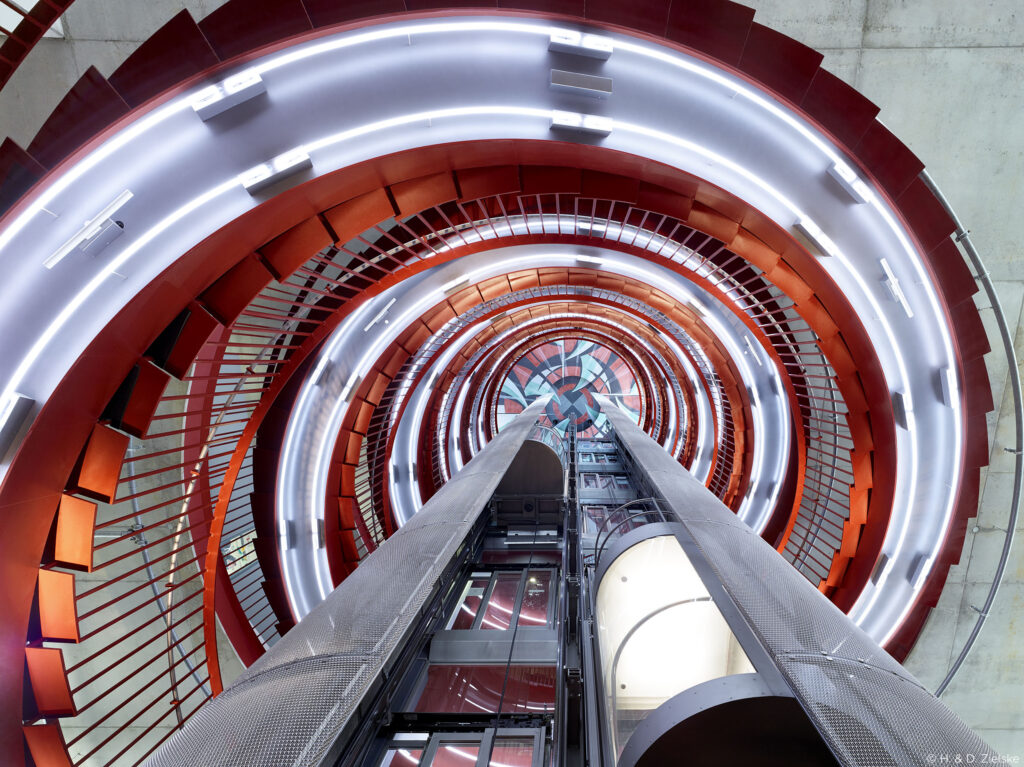
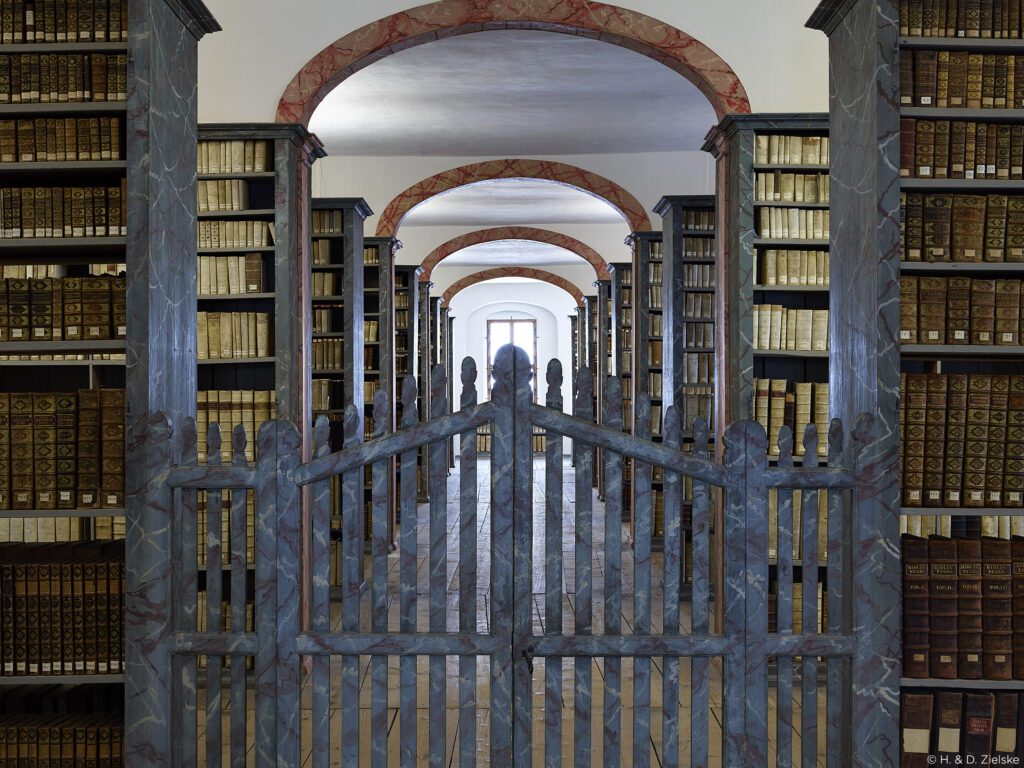
What was the creative process for each shot like?
“When photographing a library, I’m very lucky to be alone most of the time. First, I usually take a little tour, let myself drift through the rows of bookshelves, notice the smell of the paper. It’s a bit like a sensory expedition, I feel and experience the mood, the atmosphere and try to connect with the space around me. By minimal use of technology, I can focus entirely on the composition of my images. All photographs are captured with available light in order to be an exact representation of what I saw and experienced in this moment.”
Why did you choose the XT for this project? What was the benefit in working with this camera?
“What particularly excites me about the XT is the portability of the camera. It’s an innovative and compact camera. I’ve always been looking for a system containing two prime lenses and an adjustable camera that can fit in a photo backpack. Plus, reliable and intuitive technique is really important to me. For this project, I’ve also been working with an ALPA MAX along with the IQ3 and IQ4 digital back. For my books and large-format photographs, precision and quality are essential to achieve high-resolution images with outstanding clarity and finest details. For this purpose, the XT is the perfect tool with no need to compromise.”
What did you learn from this project? How did it help you to grow as a photographer?
“Photography, especially photographing libraries, is a very calm and silent process. In some ways it reminds me of painting. It all begins with finding your point of view. Then you set up your tripod before starting to compose your image in a calm and focused manner. In the past, with large-format photography, you had your dark cloth at hand–today we are utilizing cutting-edge technology for capturing our subject. In today’s stressful times, photography can provide an opportunity to be present in the moment and really focus on the essence of things.”
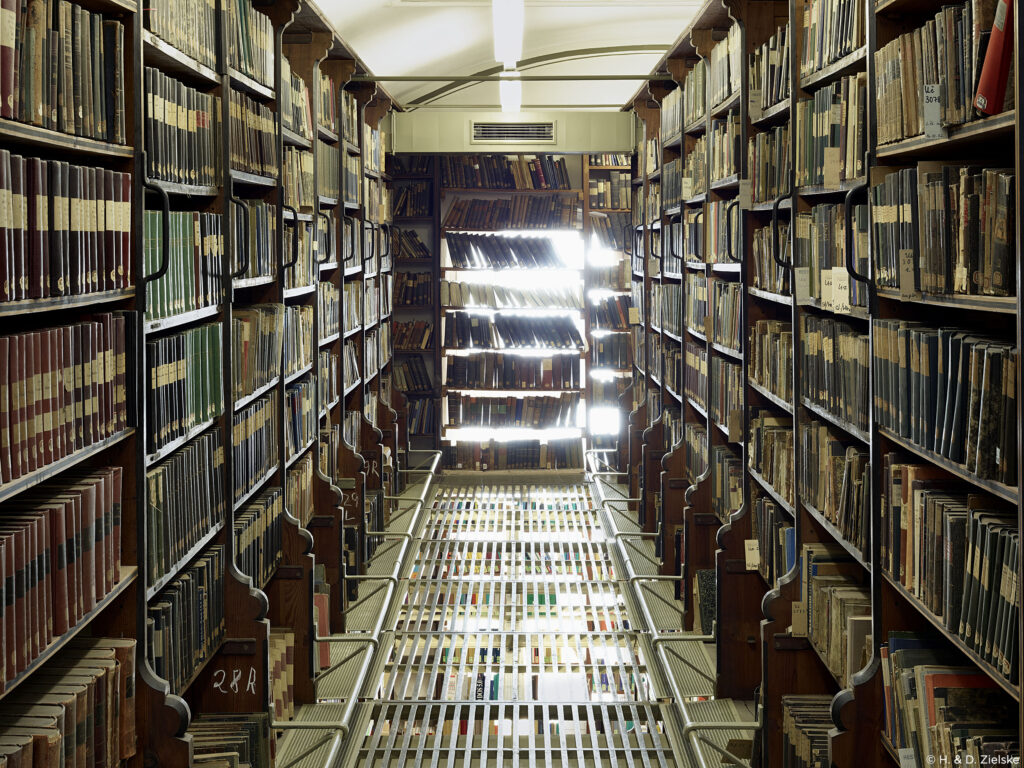
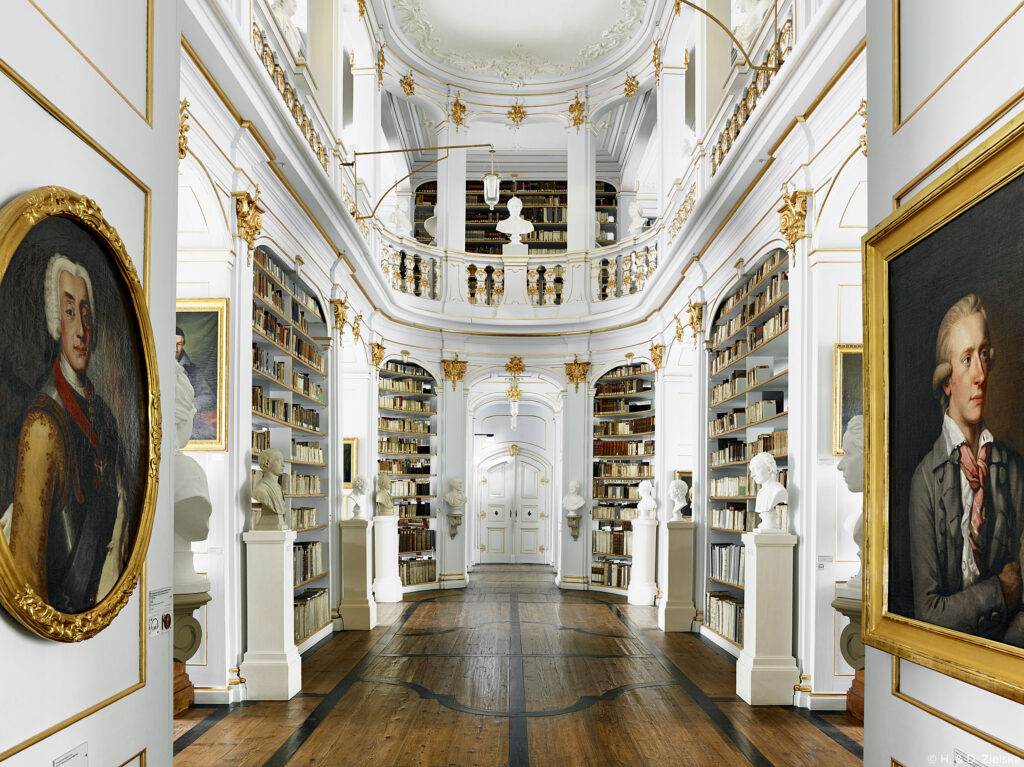
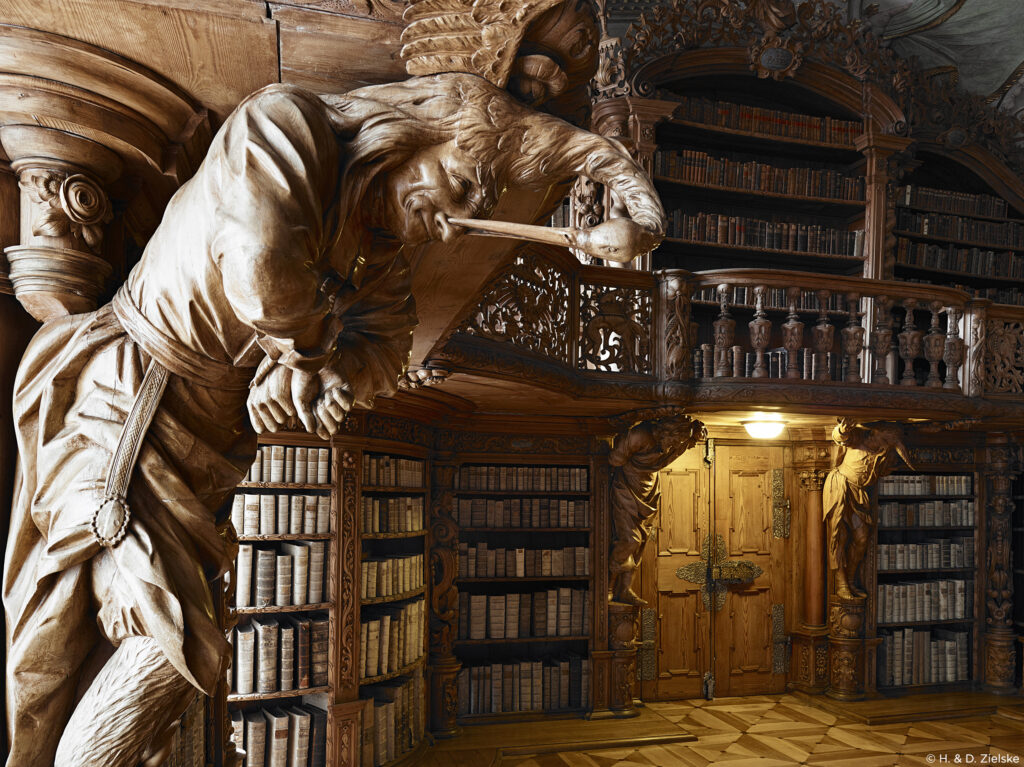
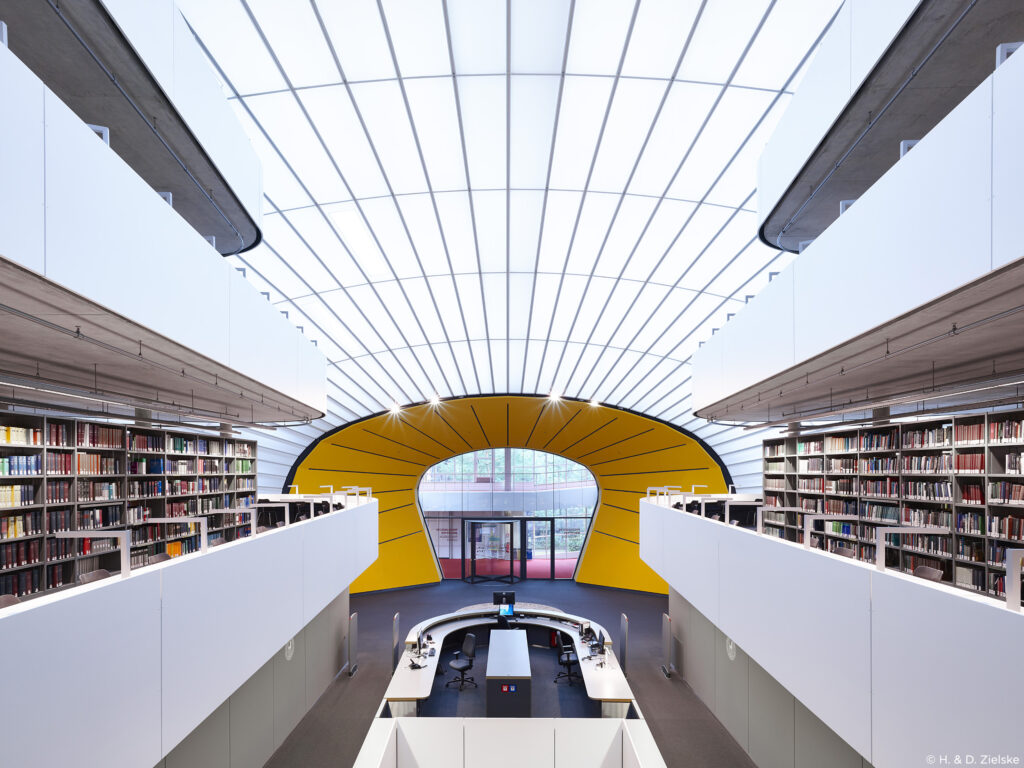
Daniel’s equipment
Since his photographs are intended to be printed in large formats, Daniel strictly relies on medium format. In the beginning of his career, he used to work with different DSLR cameras, but as his own demand for quality increased, he decided to switch to the Phase One camera system.
“I shoot with the Phase One XT, the IQ4 150MP and two prime lenses, the XT Rodenstock HR Digaron-W32 mm f/4 and the XT Rodenstock HR Digaron-W 70 mm f/5.6. Working with only two lenses and an adjustable camera is exactly what I want. It combines everything I need with well-thought-out minimalism. The XT Rodenstock HR Digaron-W 70 mm f/5.6 is by far my favorite lens. The “standard lens” corresponds to human vision and delivers incredibly sharp results, which is vital for my work.”
What’s next?
With his current library project, Daniel is always looking for new images. Next, he will head out to Venice, where he will continue to work on his series of photographs.
Read more about Daniel: https://zielske.de/
Want to learn more about how the XT elevates your photography with its innovative features? Get in touch with our Phase One experts.

Photographer Stories
Karen Culp
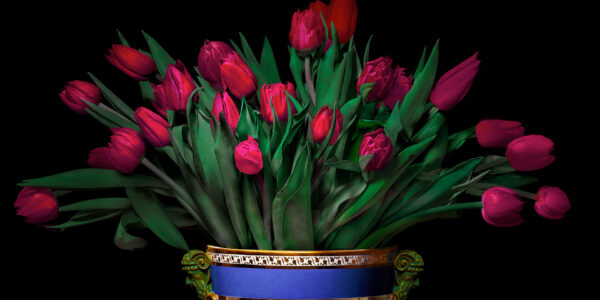
Photographer Stories
T.M. Glass: Flower portraits
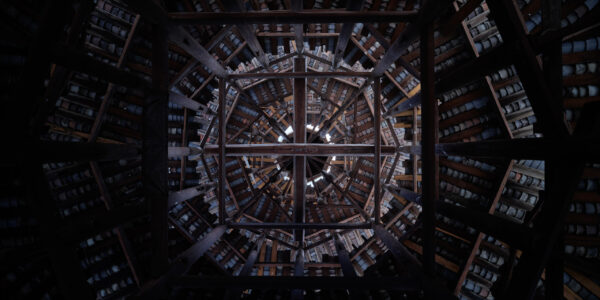
Photographer Stories
Preserving ancient Chinese buildings – Dong Village
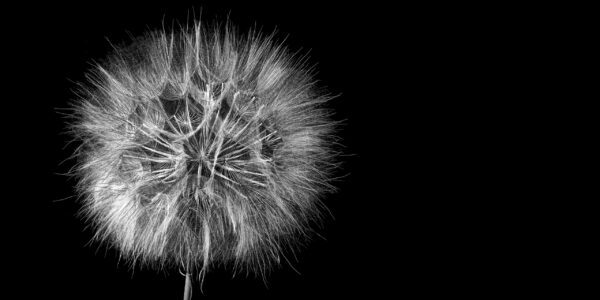
Photographer Stories
Jeff Puckett – The Art of Photogravure

Photographer Stories
Carollyne Sinclaire – A Portrait of the Heart
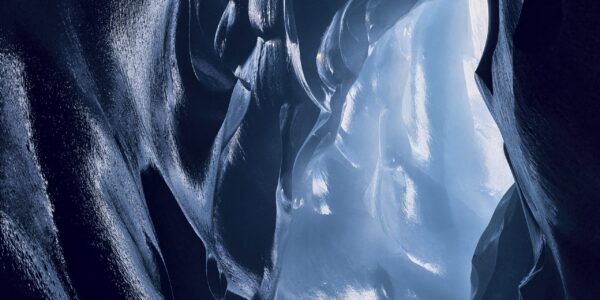
Photographer Stories
A photograph can freeze time. Can it also mobilize human action?
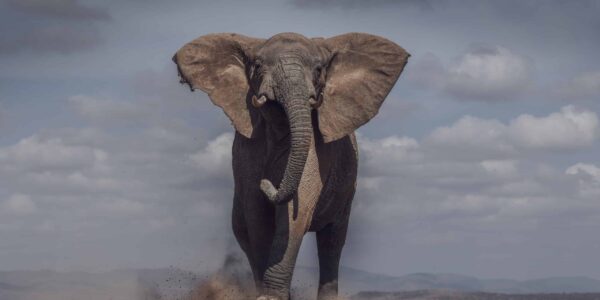
Photographer Stories
Guadalupe Laiz – Up Close and Personal
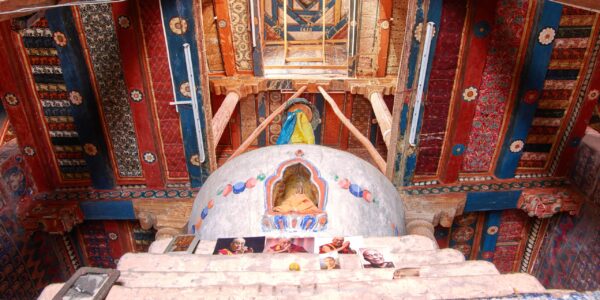
Photographer Stories
How Did a Remote Himalayan Monastery Show Up in New York City?
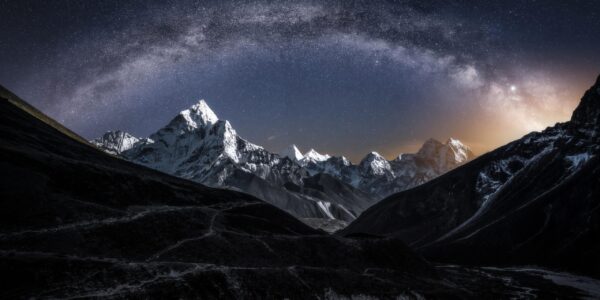
Photographer Stories
Thomas Biasotto Moments beyond Imagination
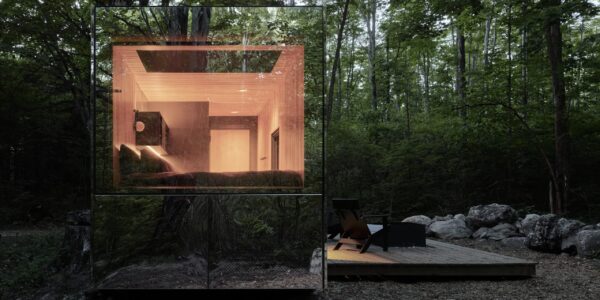
Photographer Stories
Photographing the invisible
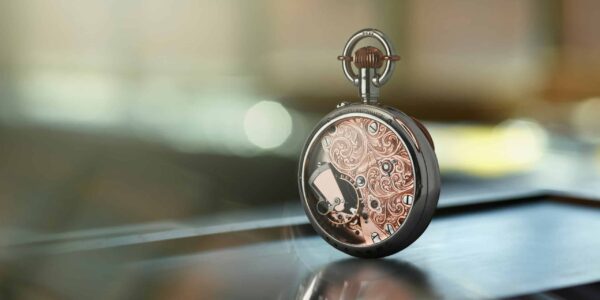
1-Minute Inspiration
Young and Hungry – Upgrading your career and kit with Phase One
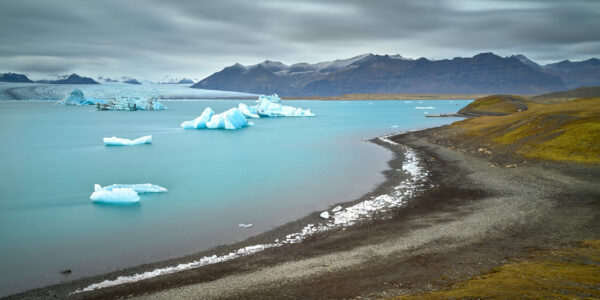
Photographer Stories
Iceland through the lens
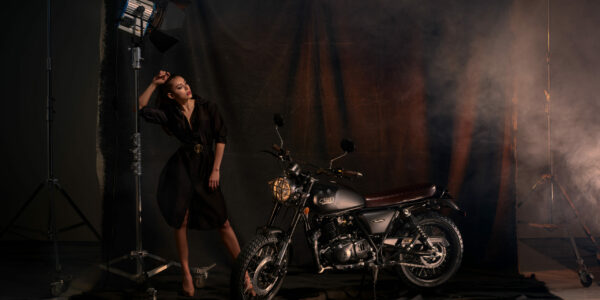
Photographer Stories
Composing soft even lighting in photography
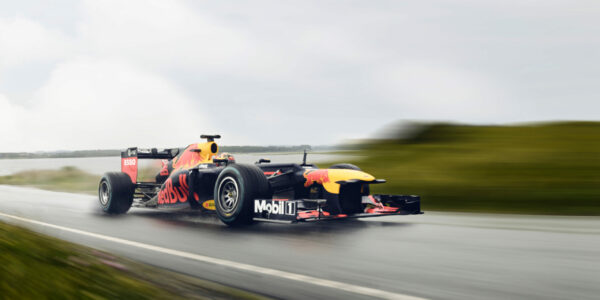
Photographer Stories
Capturing that Split Second – A Formula 1 Car Photo Shoot
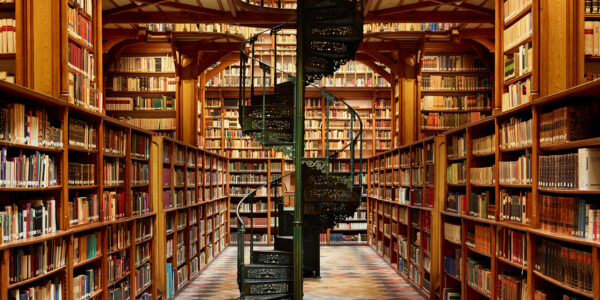
Photographer Stories
Cathedrals of Knowledge – Photographing Tranquil Oases with Daniel Zielske
